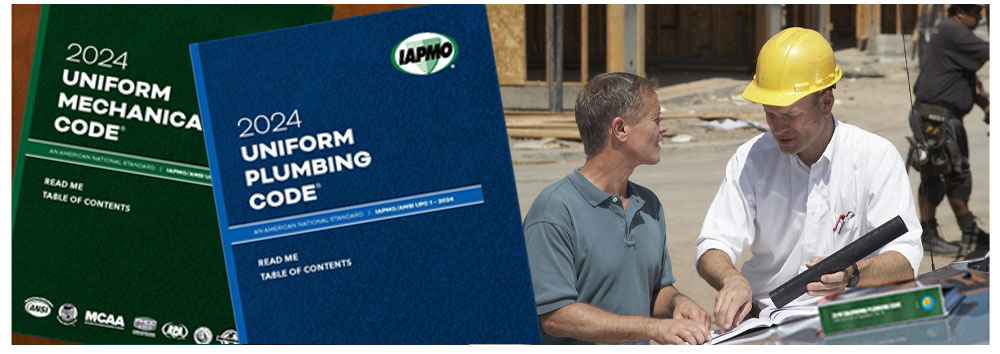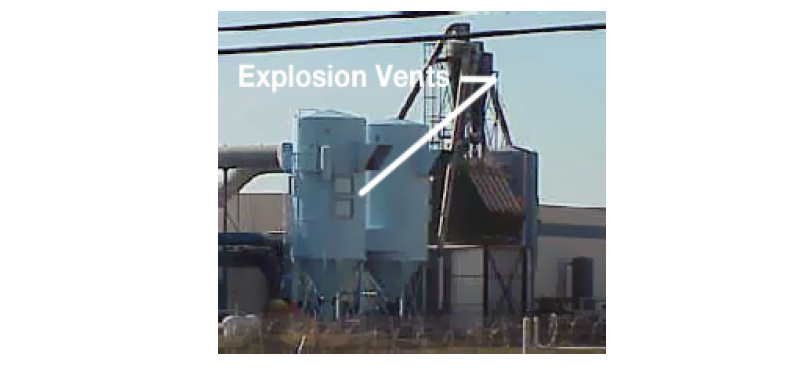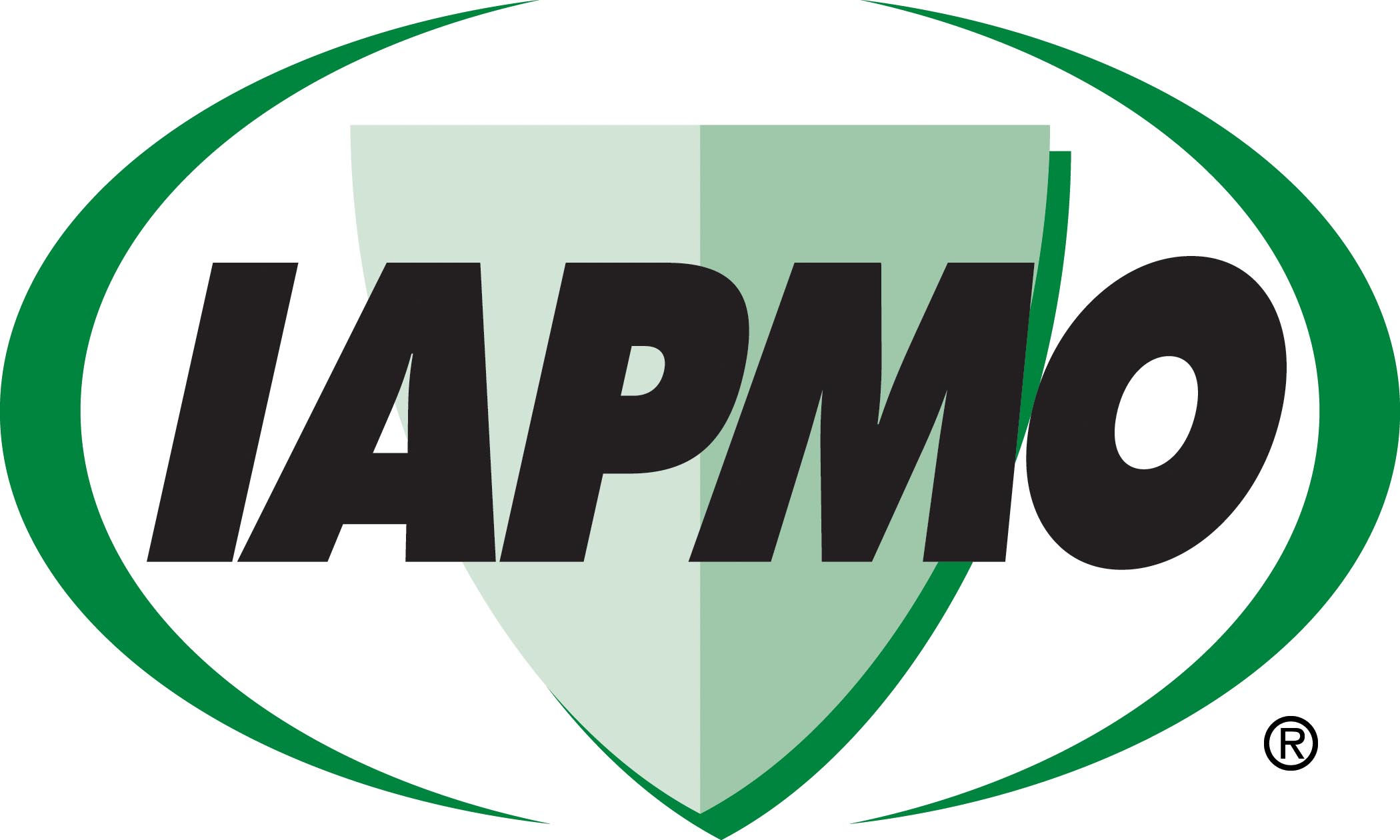October 9, 2025

From the 2024 UPC Illustrated Training Manual, Chapter 12 – FUEL GAS PIPING
1210.3.3 Gas Piping to be Sloped. Piping for other than dry gas conditions shall be sloped not less than 1/4 inch in 15 feet (6.4 mm in 4.6 m) to prevent traps. [NFPA 54:7.2.4]
One of the elements in natural gas is water vapor. When it is in enough quantity that cold temperatures will cause it to condense and form water droplets that can be corrosive or might foul valves or orifices, the pipe must be graded in order to prevent water buildup in low spots or traps and to guide the water to drip legs required by Section 1210.7. Dry gas is defined as a gas having a moisture and hydrocarbon dew point below any normal temperature to which the gas piping is exposed. When these conditions are met, the installation of drips is unnecessary. The gas service supplier will be able to verify if dry gas is used in a particular area.
From the 2024 UMC Illustrated Training Manual, Chapter 5, EXHAUST SYSTEMS
506.6 Explosion Venting. Ducts conveying explosive dusts shall have explosion vents, openings protected by anti-flash-back swing valves, or rupture diaphragms. Openings to relieve explosive forces shall be located outside the building. Where relief devices cannot provide sufficient pressure relief, ductwork shall be designed to withstand an internal pressure of not less than 100 pounds-force per square inch (psi) (689 kPa).
Where a room or building contains a dust explosion hazard that is external to protected equipment, as defined in NFPA 654, such areas shall be provided with deflagration venting to a safe outside location.
Systems exhausting explosive mixtures shall be protected by an approved explosion relief system in accordance with NFPA 69.
Duct systems that carry explosive dusts require mechanical devices on the duct system to act as a relief in the event of an explosion. These devices include explosion vents, openings protected by anti-flashback swing valves and rupture diaphragms. Such openings must always be located outside the building. When relief devices cannot provide sufficient pressure relief, the product-conveying duct system must be designed to withstand a positive internal pressure of not less than 100 pounds per square inch (psi).
Provisions for excessive vacuum should also be considered. Although this is not required by the code such requirements are a part of the NFPA 69 standard. If fans are operating, and the hoods, dampers, or intake ducts suddenly become blocked or covered, considerable negative pressure can result, collapsing all or part of the duct system. Weighted pivot doors and spring-loaded disks similar to poppet check valves are solutions recommended by SMACNA (see Figure 506.6).
NFPA 69 includes provisions for the inlet and outlet ducts, spark-extinguishing systems, and methods for preventing an explosion from traveling back into the building. Another vital part of NFPA 69 is that explosion relief systems are to be inspected and maintained in accordance with practices for registered pressure vessels. The relief devices are to be inspected periodically to ensure that they are not plugged, frozen, or corroded.

EXPLOSION VENTS
(This is not to be considered the official position of IAPMO, nor is it an official interpretation of the Codes.)

IAPMO
IAPMO develops and publishes the Uniform Plumbing Code®,the most widely recognized code of practice used by the plumbing industry worldwide; Uniform Mechanical Code®; Uniform Swimming Pool, Spa and Hot Tub Code®; and Uniform Solar Energy, Hydronics and Geothermal Code™ — the only plumbing, mechanical, solar energy and swimming pool codes designated by ANSI as American National Standards — and the Water Efficiency Standard (WE-Stand)™. IAPMO works with government, contractors, labor force, and manufacturers to produce product standards, technical manuals, personnel certification/educational programs and additional resources in order to meet the ever-evolving demands of the industry in protecting public health and safety.
Last modified: October 9, 2025
